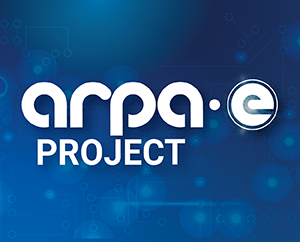High Performance Building Design with 3D-printed Carbon Absorbing Funicular Structures

Technology Description:
The University of Pennsylvania will develop a comprehensive building structure strategy with high-performance, prefabricated, funicular structures for minimized mass and maximized surface area for carbon absorption. The team will use innovative carbon-absorbing, 3D printable concrete as a primary structural material and bio-based carbon-storing materials for the building's envelope and finishes. Additive manufacturing technology will be used in fabrication to reduce waste. The building design’s thermal mass, adaptive envelope, and electrified building systems with heat pumps will reduce operational energy over the building's life cycle. This technology complements mass-timber-based approaches by addressing global construction demand without straining existing forest resources.
Potential Impact:
HESTIA projects will facilitate the use of carbon storing materials in building construction to achieve net carbon negativity by optimizing material chemistries and matrices, manufacturing, and whole-building designs in a cost-effective manner.
